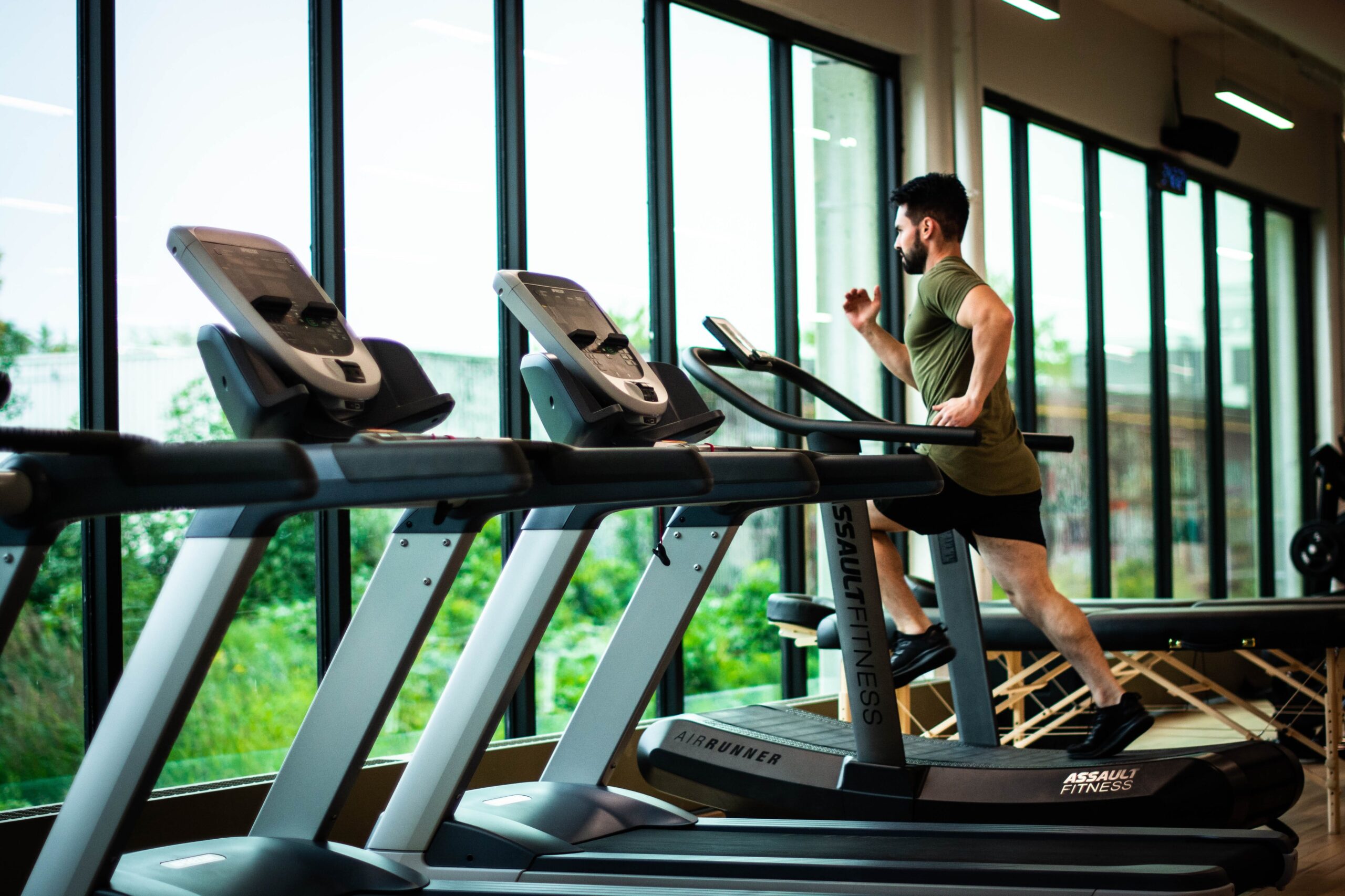
Physical activity and exercise are crucial to improve muscle strength, endurance, and bone health. As we age, bones can become weak and fragile. Age, medical conditions, and certain medications can lead to a bone-thinning disease called osteoporosis and an increased risk of broken bones.
Exercise plays a vital role in building strong bones and maintaining bone strength by making them denser and adaptive to the weight and forces placed on them. Along with exercise, adequate nutrition, including calcium and Vitamin D, is crucial for bone health. Exercise can also improve balance and coordination, which helps prevent falls and broken bones, particularly in older age. Your bone health and exercise are essential; these are a few programs you can start to improve your bone health.
Weight-bearing Exercise
Performing physical activities on your feet that work your bones and muscles against gravity is known as weight-bearing. When your body weight is supported by your feet and legs, your bones are subjected to more stress, leading to increased bone activity. Engaging in weight-bearing exercises after early adulthood can help prevent further bone loss and improve bone strength.
Examples of weight-bearing exercises include:
- Brisk walking
- Jogging/Running
- Hiking
- Dancing
- Jump rope
- Pickleball or other racket sports
- Sports like volleyball and basketball
If you’re looking to strengthen your bones, higher-impact activities like running and jumping rope can be very helpful since they increase the weight on your bones and provide more bone-strengthening benefits. However, if you’ve been diagnosed with thinning bone, it’s best to consult your doctor before engaging in any physical activity to determine which types of exercises would be appropriate for you.
Resistance Training
Resistance is added to strength-training exercises to make your muscles work harder to become stronger. Even though resistance training focuses on building muscles, it benefits your bones. During strength training, you are also putting stress on bones, and these exercises have bone-building capacity. Aiming to train a major muscle group twice a week is an excellent place to start.
Common types of strength training are:
- Weight machines
- Free weights (such as dumbbell exercises)
- Resistance band training
- Body weight exercise (such as pull-ups)
Non-impact or Balance exercises
Balance and non-impact exercise are especially good to improve your balance and prevent falls. They are not as effective for strengthening your bones but can significantly improve flexibility and balance. These exercises do not help your bone density but will strengthen your muscles and improve cardiac performance.
Examples of these exercises are:
- Yoga
- Tai-Chi
- Biking
- Swimming
According to the U.S. Department of Health and Human Services, to attain the most health benefits from physical activity, adults need at least 150 to 300 minutes of moderate-intensity aerobic activity, like brisk walking or fast dancing, each week. Adults also need muscle-strengthening activity, like lifting weights or doing push-ups, at least two days each week. As we age, remaining active becomes more and more critical. Here are some great exercise ideas for seniors.
If you are experiencing any joint or muscle pain, please reach out to our office today and start down a path toward pain-free living!
